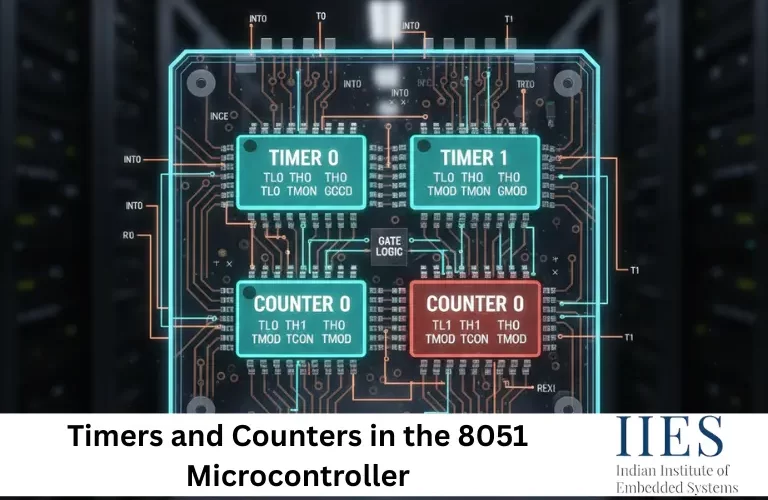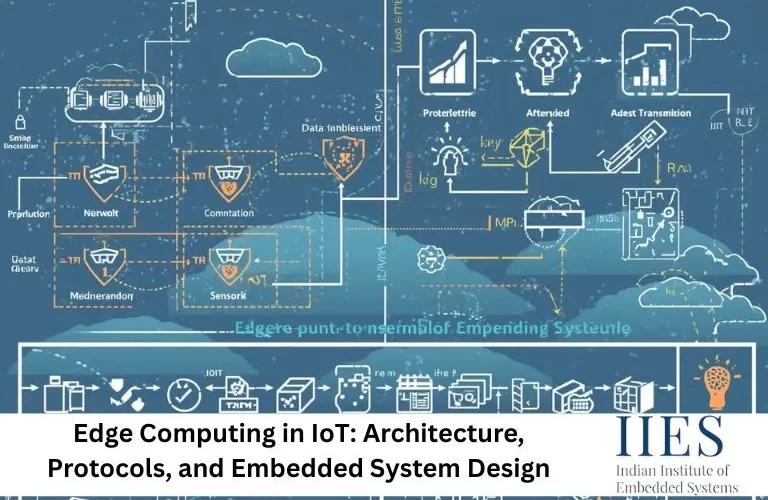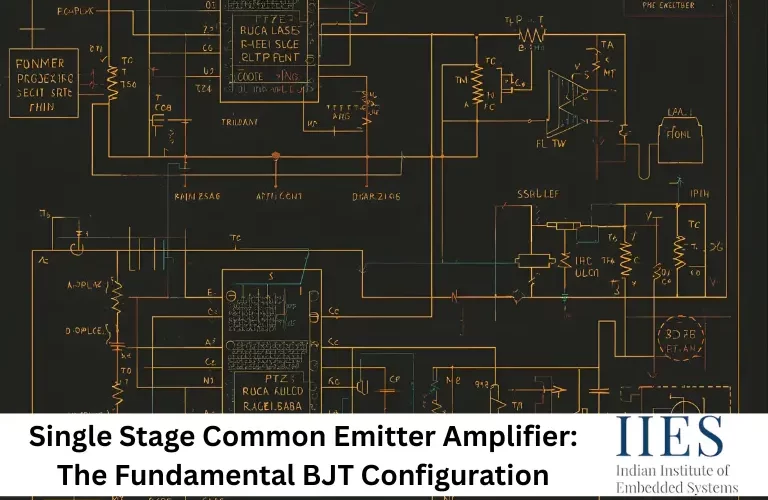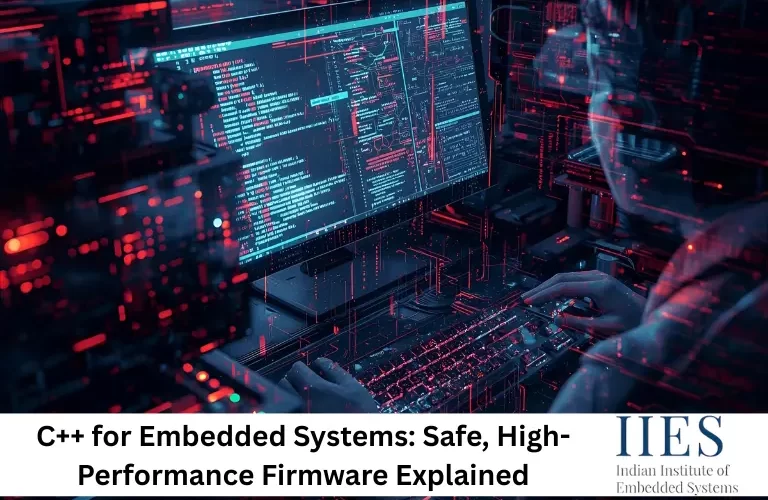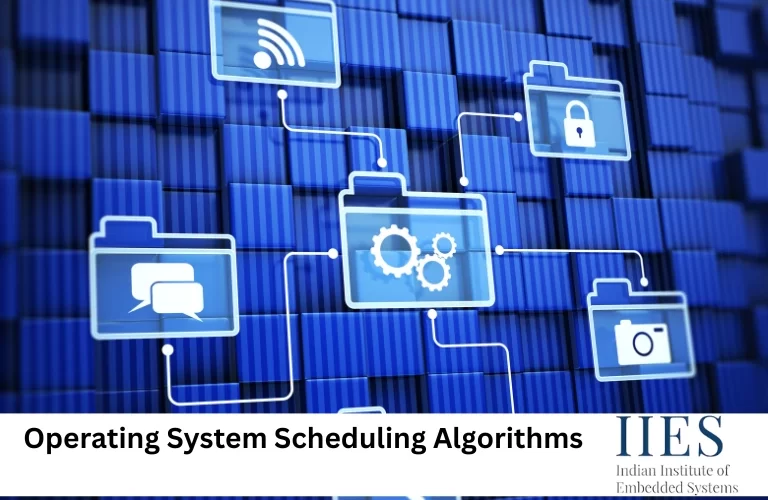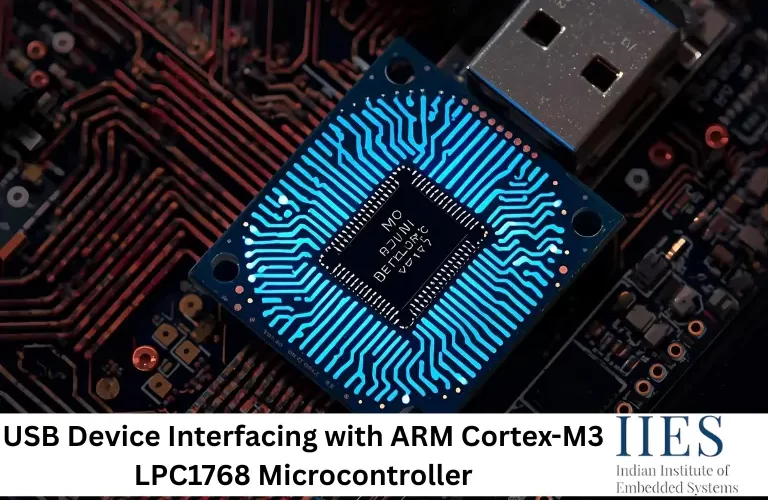Linux Device Drivers – Complete Guide for Embedded Linux device drivers form the backbone of any Embedded Linux system. Linux device drivers act as the critical interface between hardware devices and the Linux kernel, enabling seamless communication between physical peripherals and user-space applications. Without Linux …
Read more
Timers and Counters in the 8051 Microcontroller Introduction Timers and counters in 8051 form one of the most important functional blocks of the 8051 microcontroller. The concept of timers and counters in the 8051 microcontroller is fundamental to embedded systems design, as almost every real-time …
Read more
Edge Computing in IoT: Architecture, Protocols, and Embedded System Design Introduction In modern connected systems, Edge Computing in IoT has become a critical design approach for building reliable, low-latency, and scalable embedded solutions. As IoT deployments expand across industrial automation, healthcare, automotive, and smart infrastructure, …
Read more
Understanding EMI and EMC: Essential Concepts for Electronics Design In modern electronics design, EMI and EMC play a crucial role in ensuring reliable and interference-free operation of electronic systems. As devices become faster, smaller, and more complex, managing EMI and EMC is no longer optional—it …
Read more
Single Stage Common Emitter Amplifier: The Fundamental BJT Configuration 1. Introduction to CE Amplifier The single stage common emitter amplifier is the most widely used BJT amplifier configuration in analog electronics. The single stage common emitter amplifier provides both voltage and current gain, making it …
Read more
C++ for Embedded Systems: Safe, High-Performance Firmware Explained Embedded systems are no longer limited to simple control logic or bare-metal applications. Today, C++ for embedded systems is widely used in automotive ECUs, industrial controllers, medical devices, IoT gateways, and AI-enabled edge platforms. As embedded products …
Read more
Operating System Scheduling Algorithms Operating System Scheduling Algorithms are a core concept in computer science and form an important part of operating system theory for exams, interviews, and real-world system design. This article explains Operating System Scheduling Algorithms in simple language with clear definitions, types, …
Read more
USB Device Interfacing with ARM Cortex-M3 LPC1768 Microcontroller The LPC1768 USB device, built on the ARM Cortex-M3 processor, is a widely used microcontroller in embedded USB applications that require real-time performance and rich connectivity. One of its strongest features is the integrated USB controller supporting …
Read more
Interfacing Embedded Ethernet with ARM Cortex-M3 Processor-Based Controller LPC1768 The LPC1768, based on the ARM Cortex-M3 processor core, is a powerful 32-bit microcontroller with Ethernet capability, widely used in embedded Ethernet and ARM Ethernet applications. One of its strongest features is the built-in Ethernet MAC …
Read more



